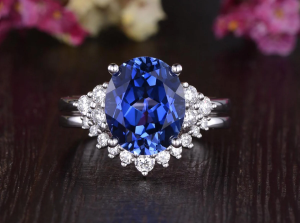Wine Making With Invert Sugar

The more formal name for table sugar is sucrose. We do not often think of sugar making as part of the wine making process but you can speed up fermentation, and reduce the possibility of crystallization, by converting sucrose into its two component parts – glucose and fructose – before adding it to the wine must. Inverting the sugar speeds fermentation because it is the glucose and fructose molecules that the wine yeast will eventually turn into the alcohol and carbon dioxide produced in the fermentation process.
Commercial invert-sugar is made with an enzyme called invertase. You can buy commercially produced inverted sugar from brewing and winemaking supply houses, but it is considerably more expensive than grocery store table sugar. Partially inverted sugar can be home made from common table sugar without enzymes. The invert sugar recipe below uses lemon juice but you can substitute citric acid, ascorbic acid, or cream of tartar depending on what you have at hand at the time.
Invert sugar is made by mixing two parts table sugar to one part water, and adding two teaspoons lemon juice per pound of sugar. The mixture is brought almost to a boil and then reduced to a vigorous simmer for about 30 minutes. There should be no residual sourness from the lemon juice by that time. Pour the invert sugar syrup into a sealable jar, and refrigerate until cool. You can make a large batch and use it for several wine making sessions.
Invert sugar is used for fermentation only. Do not use invert sugar to sweeten a finished wine as it may restart fermentation. Unless you are making champagne, bottle fermentation seldom has a good outcome.






